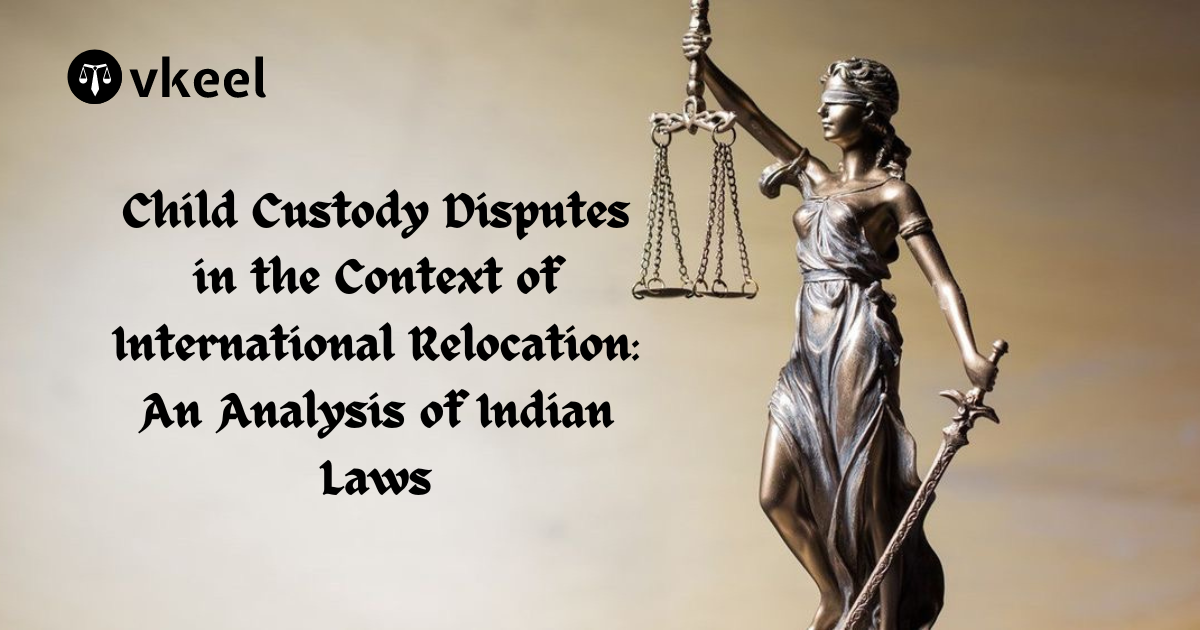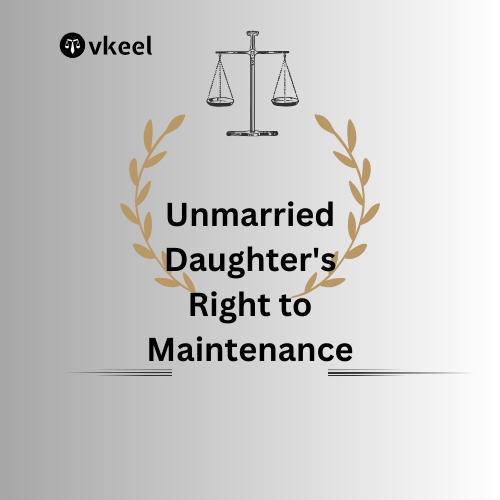The Story of Dowry Prohibition in India: A Legal Perspective
By Himanshu Kumar
Table of Contents
Introduction
The institution of dowry, the transfer of parental property, gifts, or money at the marriage of a daughter, has deep roots in Indian society. Historically, it was meant to ensure the bride’s financial stability and her status in her new family. However, over time, it morphed into a social evil, leading to harassment, violence, and even deaths of women unable to meet dowry demands.
The primary reason for the persistence of dowry in India lies deeply rooted in the country’s patriarchal societal structure. In many communities, women are still viewed as economic liabilities, and their marriages are considered a financial burden that necessitates compensation through dowry. This compensation is often rationalized as a means to offset the perceived costs that the groom’s family will incur by accepting a bride, including her upkeep and any potential future expenses. Consequently, dowry becomes a way to negotiate a woman’s value in the marriage market, perpetuating gender inequality and reinforcing the notion that a woman’s worth is tied to her financial contribution.
Economic factors further exacerbate the dowry system. In many cases, dowry is seen as a means of securing the financial stability and upward mobility of the groom’s family. It is perceived as a necessary investment to ensure a better marital alliance, higher social status, or even business opportunities. Additionally, the practice is often perpetuated by social pressure and the fear of stigma; families may feel compelled to give dowry to secure suitable matches for their daughters, fearing societal ostracism if they fail to do so. These economic and social dynamics create a vicious cycle where the demand for dowry continues unabated, despite legal prohibitions and awareness campaigns.
Historical Context
The dowry system in India can be traced back to ancient times when it was considered a form of inheritance for daughters. It was a voluntary practice that symbolized the parents’ love and affection for their daughter. However, during the medieval period, the system began to deteriorate, with dowry becoming a compulsion rather than a choice. By the colonial period, dowry had firmly entrenched itself as a societal norm, with marriages often dependent on the dowry amount.
Legal Framework Against Dowry
The first legislative effort to curb dowry came with the Dowry Prohibition Act of 1961. The Act defined dowry as any property or valuable security given directly or indirectly by one party to the marriage to the other party or by the parents of either party in connection with the marriage. It aimed to penalize the demanding, giving, and taking of dowry, prescribing imprisonment of up to five years and a fine of ₹15,000 or the amount of dowry, whichever is more.
However, the Act proved insufficient due to several loopholes. The definitions were vague, enforcement was weak, and societal attitudes were still largely supportive of dowry practices. Consequently, there was a need for more stringent measures.
Amendments and Strengthening of the Law
The shortcomings of the 1961 Act led to several amendments aimed at strengthening the legal framework. Key among these were the amendments of 1984 and 1986.
- The Dowry Prohibition (Amendment) Act, 1984: This amendment introduced more stringent punishments and extended the period of presumption of dowry deaths to within seven years of marriage. It also mandated that lists of presents given at the time of marriage should be maintained.
- The Dowry Prohibition (Amendment) Act, 1986: This amendment brought more significant changes, including:
- Introduction of Section 304B in the Indian Penal Code (IPC), defining dowry death and prescribing a minimum sentence of seven years, which may extend to life imprisonment.
- Amendment of Section 113B in the Indian Evidence Act, 1872, to presume dowry death if a woman dies under abnormal circumstances within seven years of marriage and it is shown that she was subjected to cruelty or harassment by her husband or his relatives soon before her death.
- Expansion of the definition of dowry to include any property or valuable security given before, at the time of, or after the marriage.
Significant Case Laws
The judiciary has played a crucial role in interpreting and enforcing the laws against dowry. Several landmark cases have shaped the legal landscape, ensuring stricter enforcement and broader interpretation of the laws.
- Satvir Singh v. State of Punjab (2001): The Supreme Court clarified that for the offense of dowry death under Section 304B IPC, the prosecution must establish that the cruelty or harassment was related to dowry demands.
- State of Punjab v. Iqbal Singh (1991): This case underscored the importance of corroborative evidence in dowry death cases. The Supreme Court held that if a woman’s death occurred within seven years of marriage in suspicious circumstances, and there was evidence of cruelty related to dowry, it would be sufficient to convict the accused under Section 304B IPC.
- Kamesh Panjiyar v. State of Bihar (2005): The Supreme Court held that the presumption under Section 113B of the Evidence Act is a rebuttable presumption and not an irrebuttable one. The burden of proof shifts to the accused to show that the death was not due to dowry harassment.
- Pawan Kumar v. State of Haryana (1998): This case reiterated the need for a humane approach and stringent enforcement of dowry laws. The court emphasized the societal responsibility to treat women with dignity and respect, condemning the dowry system in strong terms.
Dowry Prohibition and Women’s Rights
The dowry prohibition laws are part of a broader legal framework aimed at protecting women’s rights and ensuring their safety and dignity. Alongside the Dowry Prohibition Act and its amendments, other laws such as the Protection of Women from Domestic Violence Act, 2005, and the Criminal Law (Amendment) Act, 2013, have been instrumental in providing a safer environment for women.
Social and Cultural Challenges
Despite stringent laws and judicial activism, the dowry system persists in various parts of India. The deep-rooted cultural and social norms continue to perpetuate this practice. Several factors contribute to this persistence:
- Patriarchal Society: The dowry system is deeply ingrained in the patriarchal structure of Indian society, where women are often considered liabilities and their marriage a burden.
- Economic Factors: In many cases, dowry is seen as a means of securing financial stability for the groom’s family. This economic aspect makes it challenging to eradicate the practice entirely.
- Lack of Awareness: Many people, especially in rural areas, are not aware of the legal provisions against dowry. Awareness campaigns and education are crucial in combating this social evil.
- Weak Enforcement: The enforcement of dowry prohibition laws is often weak due to corruption, lack of resources, and societal support for the practice.
Efforts and Initiatives
To combat the dowry system, various initiatives have been undertaken by the government and non-governmental organizations:
- Awareness Campaigns: Government and NGOs run awareness campaigns to educate people about the legal provisions against dowry and the importance of eradicating this practice.
- Counseling and Support: Counseling centers and support groups provide assistance to women facing dowry-related harassment and violence.
- Helplines: Various helplines offer immediate assistance and guidance to women in distress due to dowry demands.
- Community Involvement: Community leaders and local bodies are encouraged to take a stand against dowry and support women in their fight against this practice.
Conclusion
The journey of dowry prohibition in India is a testament to the country’s ongoing struggle to balance traditional customs with modern legal frameworks aimed at protecting individual rights. The laws against dowry, supported by significant amendments and landmark judicial decisions, reflect a robust legal stance against this social evil. However, the persistence of dowry practices highlights the need for continued efforts in education, awareness, and stringent enforcement.
The story of dowry prohibition in India is far from over. It requires the collective effort of the government, judiciary, civil society, and individuals to change societal attitudes and ensure that every woman in India can live with dignity and respect, free from the fear and oppression of dowry demands.
Disclaimer:
The information provided in the article is for general informational purposes only, and is not intended to constitute legal advice or to be relied upon as a substitute for legal advice. Furthermore, any information contained in the article is not guaranteed to be current, complete or accurate. If you require legal advice or representation, you should contact an attorney or law firm directly. We are not responsible for any damages resulting from any reliance on the content of this website.










